Sloths have long captured the imagination of people around the world with their peculiarities and charm. These slow-moving creatures lead a life that seems almost out of a fairytale, with behaviors, appearances, and bizarre and endearing traits. The sloth’s mystique has only grown with the rise of the internet, where they have become icons of leisure and relaxation. But what is it about sloths that fascinates us so much? Let’s dive into ten weird and wonderful facts about these unique animals and discover why people just can’t get enough of them.
1. Sloths Are Nature’s Slowpokes
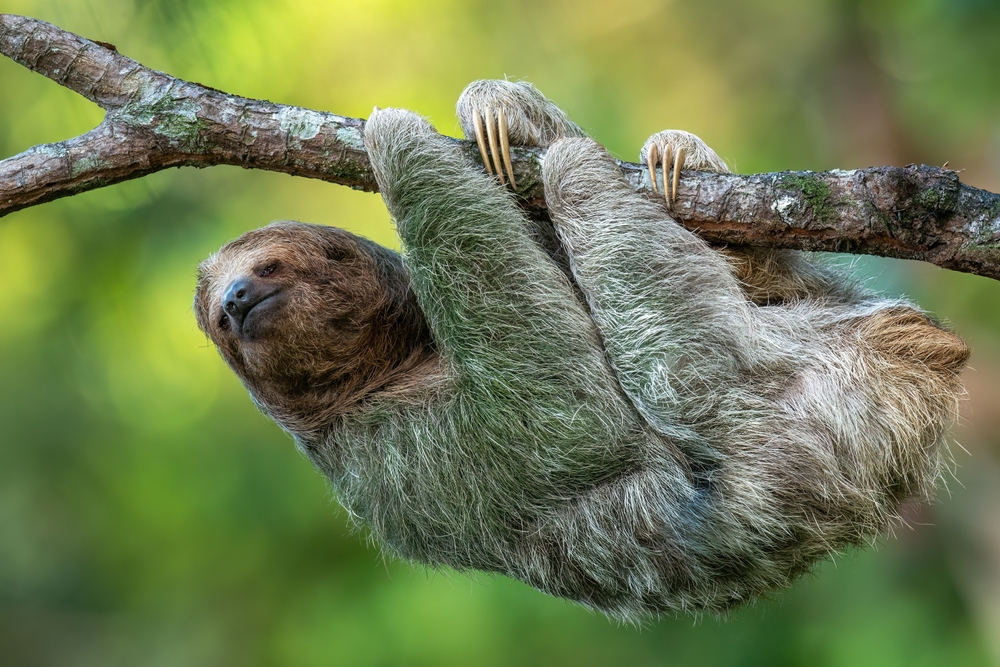
Sloths are famously known for their slow movements, and for good reason. They are the world’s slowest mammal, moving at a leisurely pace of about 0.24 kilometers per hour. This unhurried lifestyle is a result of their incredibly slow metabolism, which helps them conserve energy. Despite their sluggishness, sloths manage to survive quite well in the wild, largely due to their ability to blend in with their surroundings. Their slowness even extends to their digestion process, which can take up to a month to fully process a meal.
Interestingly, sloths are so slow that algae can grow on their fur, giving them a greenish hue that acts as a natural camouflage. According to the World Wildlife Fund, this symbiotic relationship not only helps sloths hide from predators but also provides additional nutrients when the algae are ingested during grooming. This unique trait highlights how sloths have adapted to their environment in the most unexpected ways. Their pace may seem like a disadvantage, but it turns out to be a clever survival strategy.
2. Sloths Have a Surprising Range of Motion
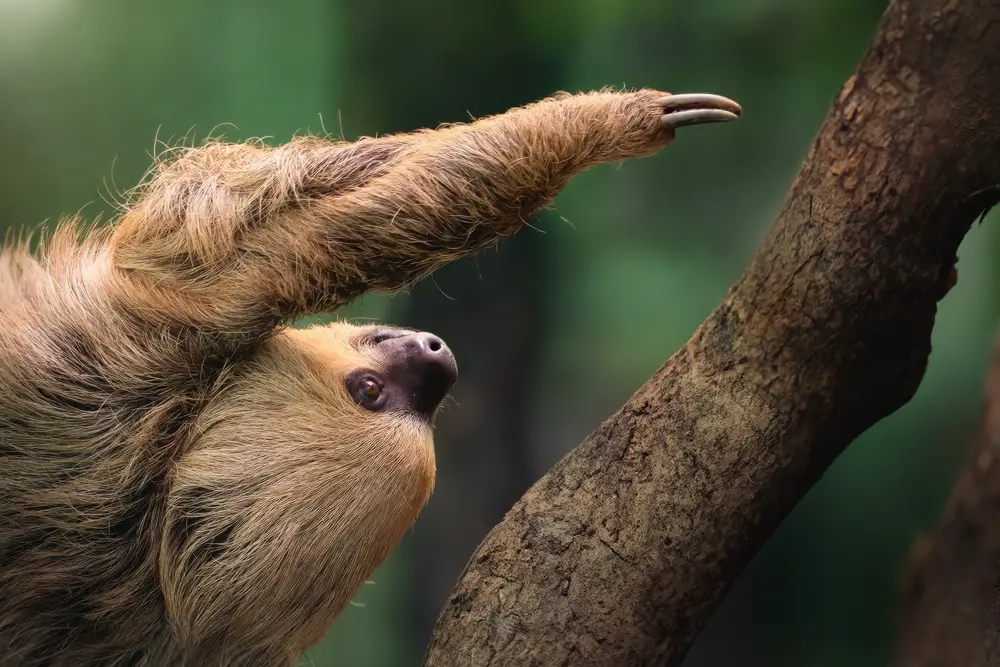
One might assume that sloths are inflexible due to their sluggish demeanor, but they are actually quite the opposite. Sloths possess an extraordinary range of motion, thanks to their specially adapted limb joints. Their arms can rotate 270 degrees, allowing them to hang effortlessly from tree branches for hours. This flexibility aids them in navigating their arboreal habitats, and they can even reach food without moving their entire body. It’s a bit like having superpowers that let them stretch and twist in ways most animals cannot.
In addition to their arm agility, sloths have long, curved claws that measure between 3 to 4 inches. These claws serve as perfect hooks, securing them onto branches with minimal effort. This trait is essential for their arboreal lifestyle, providing stability and reducing the risk of falling. Their claws also play a crucial role in their defense mechanism, deterring potential predators. So while sloths might not be fast, they are certainly equipped with the tools they need for survival in their treetop homes.
3. Sloths Are Surprisingly Strong Swimmers

While sloths may not be known for their speed on land, they are quite adept in the water. In fact, sloths are excellent swimmers and can move three times faster in water than on land. They use a form of dog paddle to navigate through rivers and streams, which they sometimes cross while searching for new territories or mates. According to National Geographic, their buoyant body and long limbs make them surprisingly efficient swimmers.
This swimming ability is crucial, especially considering that sloths inhabit areas prone to flooding. When their tree homes become submerged, they can swim to safety. Despite their lethargic reputation, sloths are resourceful when it comes to navigating their environment. Swimming also allows sloths to access food sources that might be otherwise unreachable, showcasing their hidden adaptability in the wild. It just goes to show that there’s more to these creatures than meets the eye.
4. Sloths Have a Unique Digestive System
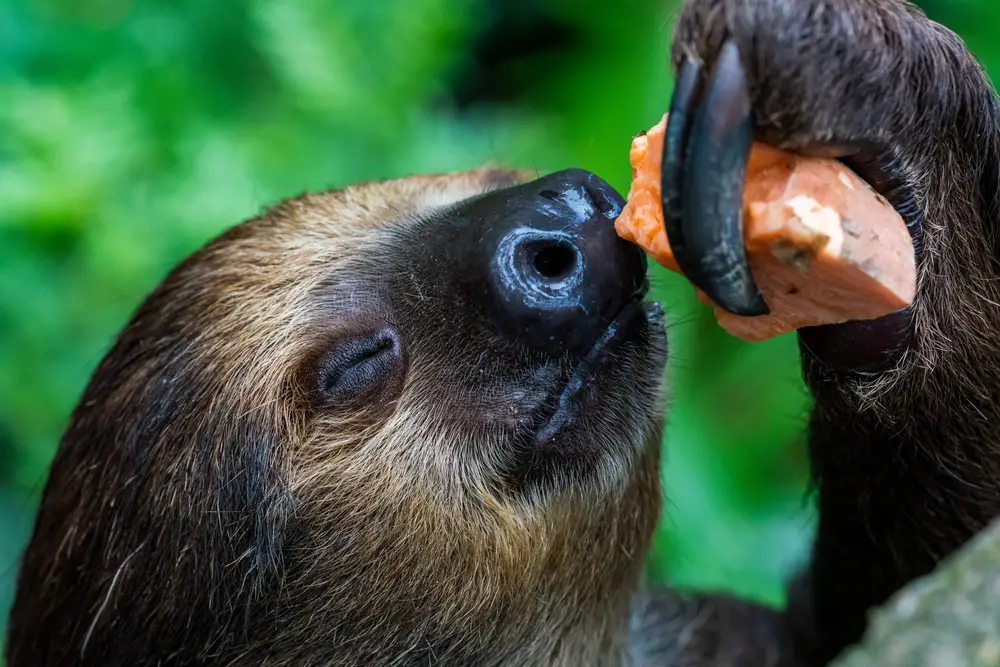
If you think your metabolism is slow, sloths would like a word. Their digestive system is not just sluggish—it’s a biological marvel. Sloths can take up to 30 days to fully digest a single meal. Their stomachs are large, multi-chambered fermentation factories filled with bacteria that help break down the tough leaves they eat. But this slow digestion comes at a cost: they only defecate about once a week—and when they do, they climb down from the safety of the trees to do it, making them unusually vulnerable to predators.
Why risk it? Scientists still aren’t totally sure. Some believe it’s a way to fertilize the trees they live in, helping preserve their food source. Others think it’s simply an evolutionary quirk that stuck. Either way, their bathroom habits are just another strange piece of the sloth puzzle.
5. Sloths Can Sleep for a Long Time… or Not
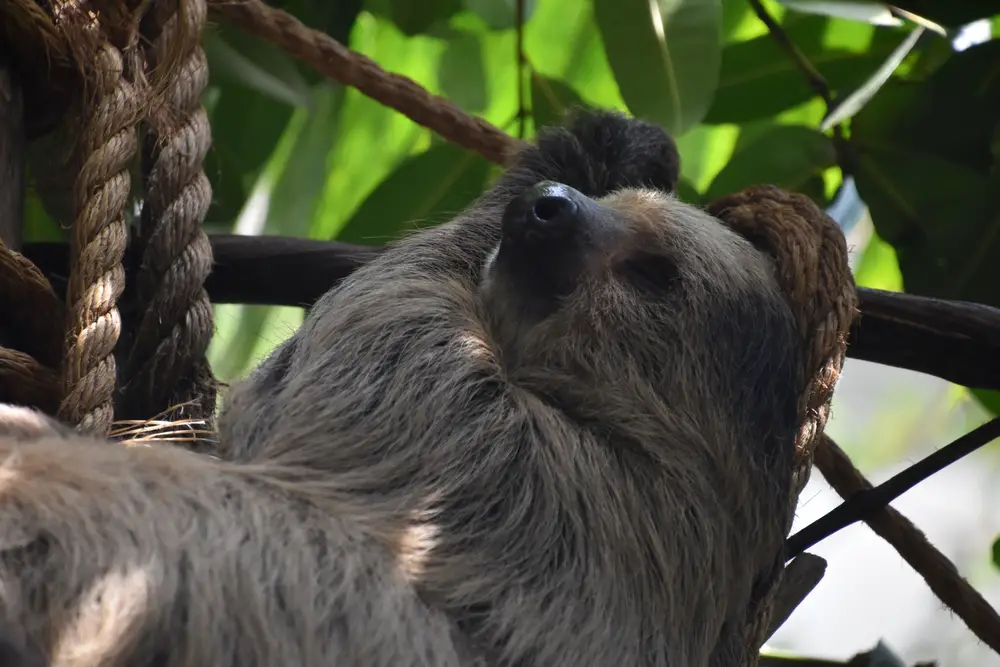
Sloths have a reputation for being sleepy—and in captivity, they can sleep up to 15–20 hours a day, giving total nap icon energy. But here’s the twist: in the wild, they only sleep around 8–10 hours, which is basically average for many mammals. That discrepancy says a lot about how their environment shapes their behavior. When they feel safe, sloths indulge in rest. When survival’s on the line, they’re alert and adaptive.
It’s a gentle reminder that rest isn’t laziness—it’s a survival strategy. And sloths are absolute masters of knowing when to conserve energy and when to stay aware.
6. Sloths’ Eyes Are Practically Built for Mystery
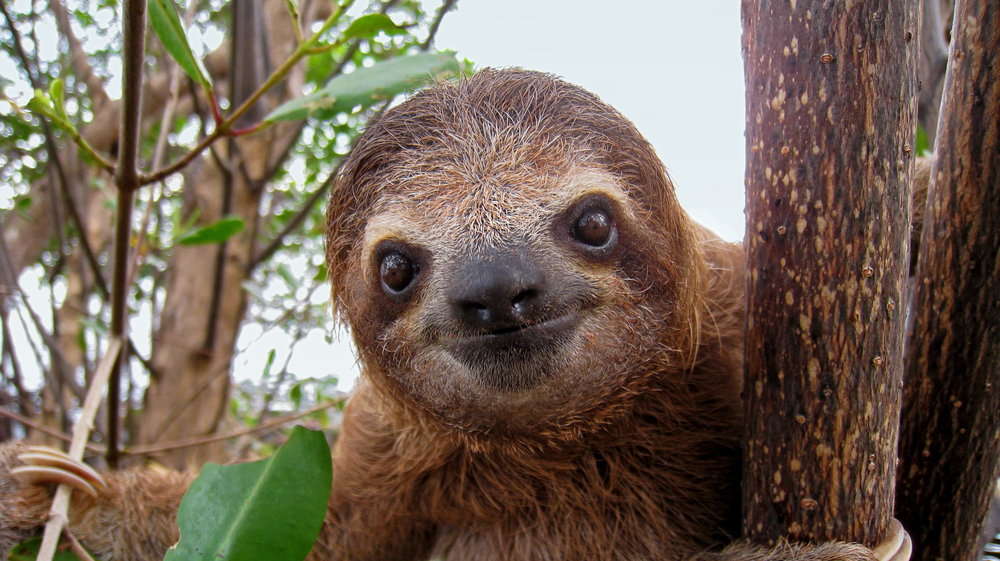
Sloths have a vision system as peculiar as their lifestyle. Some sloths, especially the two-toed kind, lack cone cells in their eyes, meaning they’re completely colorblind and have poor visual acuity. But what they lack in sharpness, they make up for in sensitivity to light—especially helpful for their nocturnal and low-light environments.
Their slow movement also reduces the need for sharp vision. Instead, sloths rely more on touch and smell to navigate their world. It adds to their slightly alien vibe, making them seem like they’re operating on a completely different frequency from the rest of us—and honestly, they kind of are.
7. Sloths Have One of the Lowest Body Temperatures Among Mammals
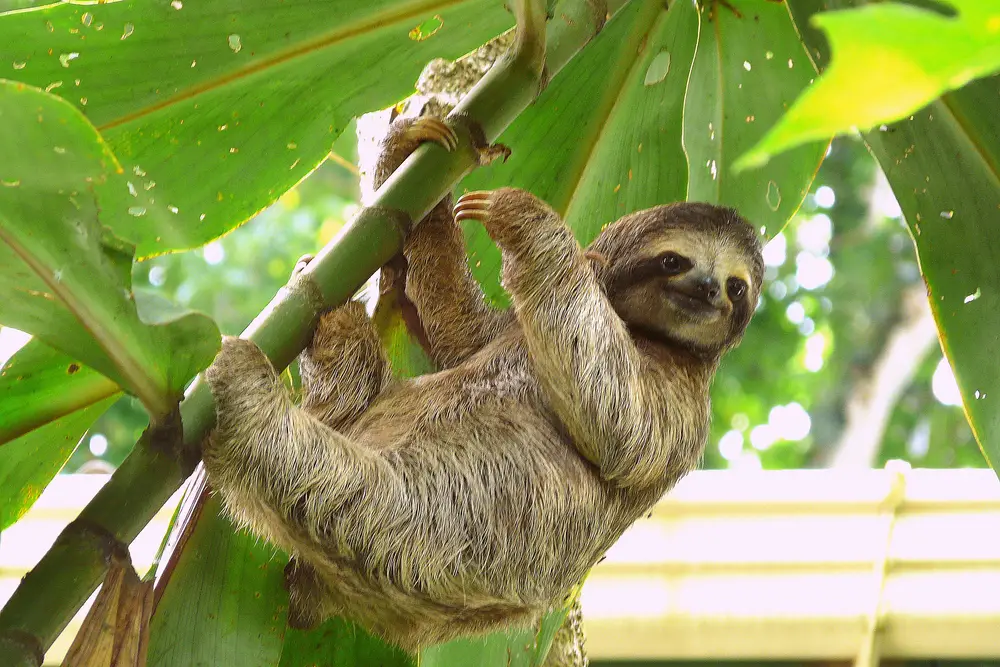
Sloths have a remarkably low and variable body temperature, typically ranging between 77–95°F (25–35°C). Unlike most mammals, they don’t have the metabolic drive to keep their temperature constant, which means they can become lethargic or even shut down if temperatures drop too much.
This makes sloths incredibly sensitive to cold—and one reason why you’ll only find them in warm, humid tropical environments. Their entire lifestyle, from slow digestion to minimal movement, supports their low-energy, low-temp existence. They’re not just lazy; they’re biologically designed to live on a slower, quieter frequency.
8. Baby Sloths Are Born Ready to Climb
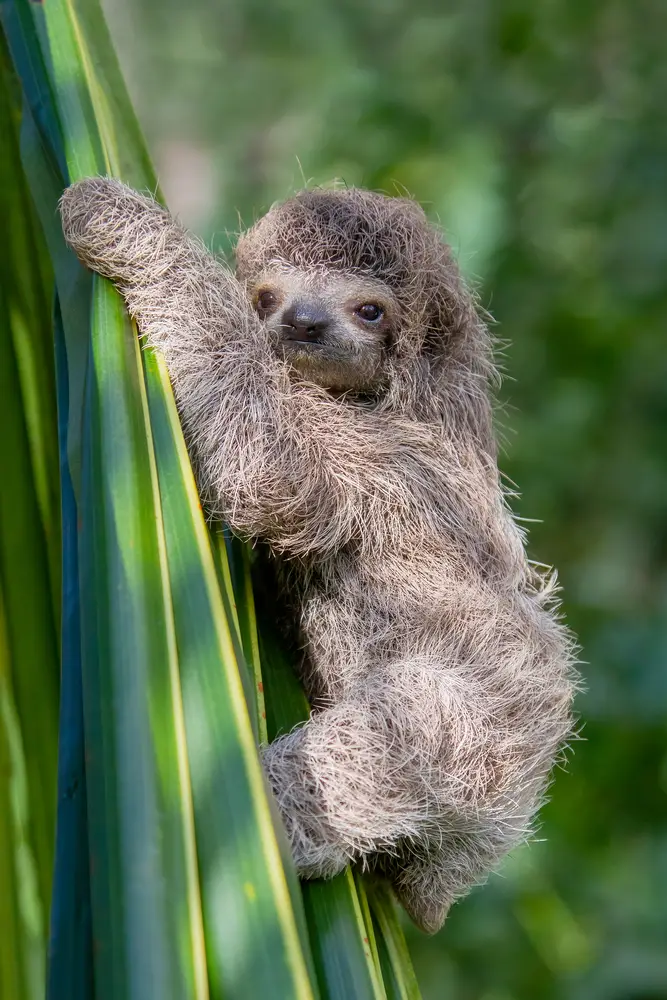
From the moment they’re born, baby sloths are all in—literally hanging onto their mothers for dear life. They emerge with fully formed claws and the strength to cling to their mothers’ fur immediately. For the first six months, they rarely leave her side (or back), learning the ropes of sloth life while enjoying nonstop piggyback rides.
What’s wild is that even at a young age, they’re capable of climbing. Sloths may be slow, but they’re not weak—and their survival depends on being able to grip and hang almost from day one.
9. Sloths Have an Unusual Social Life
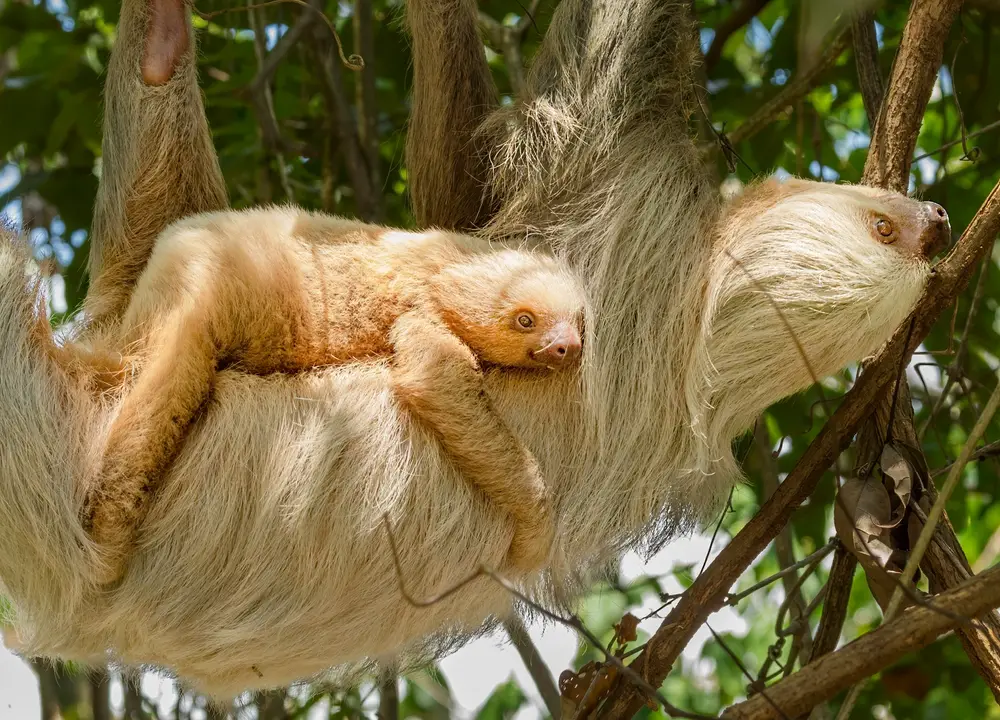
Sloths aren’t exactly social butterflies. They’re mostly solitary, interacting with others only during mating or when a mother is raising her young. That said, they communicate using high-pitched calls, especially the babies, who can emit a squeaky “eeh!” to call for their moms. It’s hauntingly cute.
Interestingly, sloths seem to recognize each other through scent more than sight. Some species even have scent glands or specialized markings used to attract mates or establish territory. Their social world might be quiet and slow-moving—but it’s far from boring.
10. Sloths Inspire a Whole Lifestyle Culture
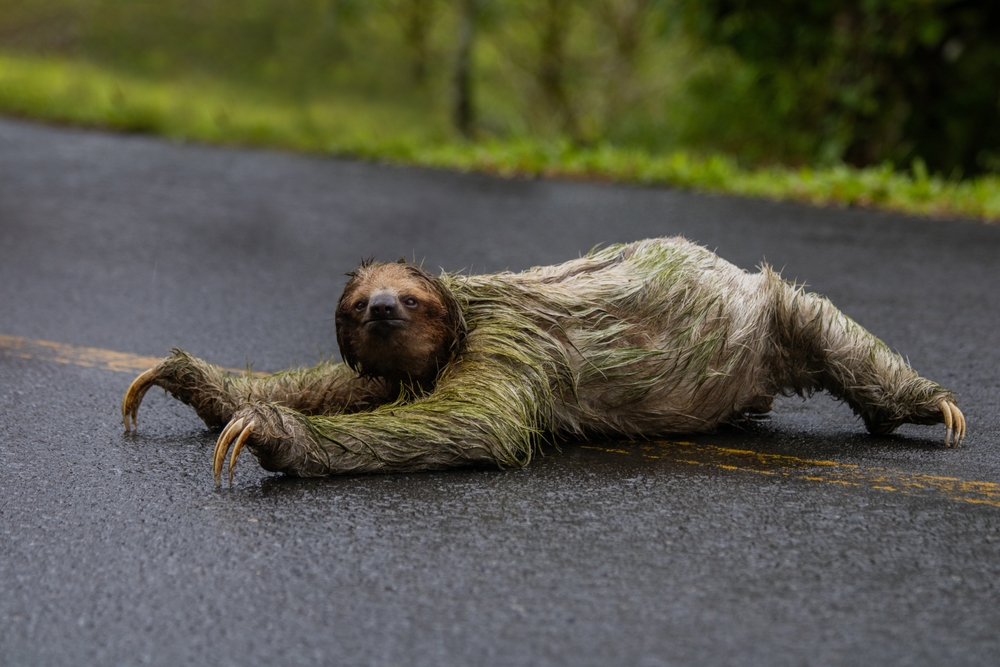
Sloths have transcended the animal kingdom and become full-blown lifestyle icons. Their unhurried pace, zen-like stillness, and “do less, live more” attitude have made them a symbol of anti-hustle culture. From memes and pajamas to coffee mugs and yoga studio merch, sloths have become the unofficial mascots of self-care.
In a world obsessed with productivity, sloths remind us that stillness is powerful. That it’s okay to slow down, unplug, and just be. And maybe that’s the real reason we’re all so obsessed with them—not just because they’re weird and wonderful, but because they embody something we desperately need: the permission to rest without guilt.
